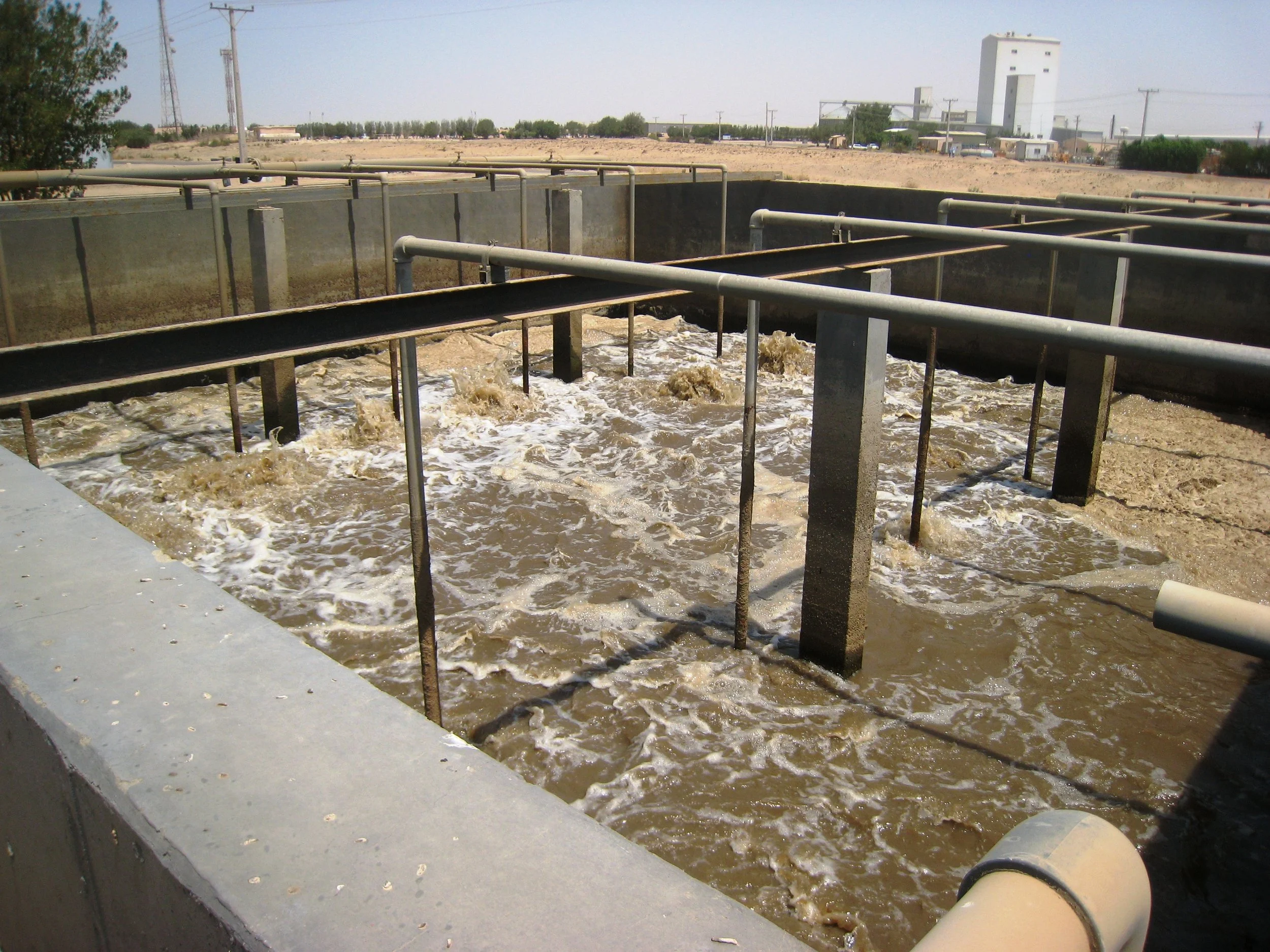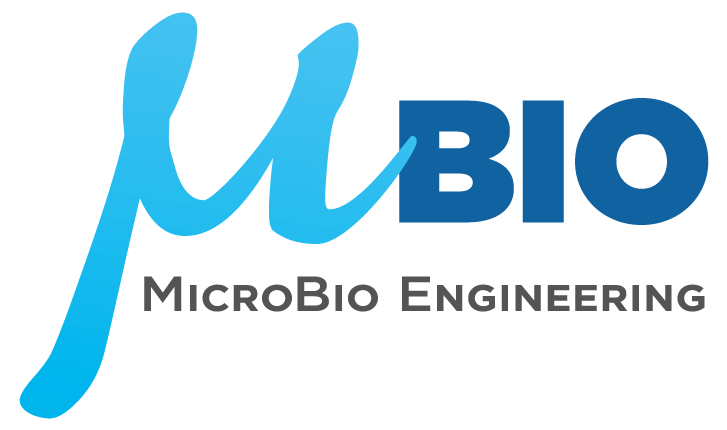RNEW™
What is RNEW™?
RNEW™ is a process that leverages the symbiosis of algae and bacteria to recover carbon, nitrogen, and phosphorus from wastewater while producing recycle-ready treated effluent. RNEW™ is the next step forward in comprehensive algae-based wastewater treatment, born of optimization strategies capable of reaching average total nitrogen levels lower than 10 mg/L year-round. The process has been expanded to include a suite of solids separation technologies capable of reaching Title-22 reuse standards. The paddlewheel-mixed algae raceway ponds at the heart of the process mimic the underlying principals of conventional activated sludge treatment at a fraction of the cost.
The RNEW™ process leverages the fact that municipal wastewaters are typically carbon-limited, despite having high nitrogen and phosphorus concentrations. For example, in primary effluent (after settling), the carbon-to-nitrogen (C:N) ratio is around 18:9, whereas algae biomass C:N ratios range from 18:1 (nitrogen-sufficient) to 18:0.1 or higher (nitrogen-limited). By supplementing wastewater with CO₂, algal growth can be pushed first to a nitrogen-limited stage, and then to a nitrogen-deficient stage where oil accumulation is triggered. Just as importantly, there is significant phosphorus uptake during this process (even at high N:P ratios) because algae can adapt to a wide range of nutrient ratios—contrary to the common supposition that algal C:N:P ratios are fixed.
The status quo
Conventional biological wastewater treatment relies on energy-intensive aeration basins—large concrete tanks equipped with blowers and pumps that keep microbial communities active and oxygenated. While essential for protecting water quality, this process consumes significant electricity and has a growing carbon footprint. For a city of 50,000 people, upgrading treatment facilities to meet modern discharge standards typically requires $40–$60 million in capital investment and $3–$6 million annually in operating costs, much of it tied to energy use. In addition, the process generates large volumes of excess sludge that must be dewatered, transported, and disposed of—often at considerable environmental and financial cost.

RNEW™ vs the status quo
RNEW™ offers a transformative alternative to conventional activated sludge wastewater treatment, especially in sunny climates where it delivers major cost and sustainability advantages. Along with reduced energy demand, the byproduct of RNEW™ is a useful feedstock that does not require the high disposal fees associated with the sludge from conventional treatment.
Compared to conventional systems, RNEW™ can reduce total capital and operating costs by 60–75%, making it a highly attractive option for municipalities. The system is particularly well-suited to locations with access to flat land—requiring approximately 12 acres per 10,000 residents. Where space permits, RNEW™ should be a serious contender in every city’s wastewater treatment planning, offering a solution that is not only environmentally sound but also economically compelling.
Is RNEW™ right for your wastewater? Send us an email with a brief description of your situation for more information.


